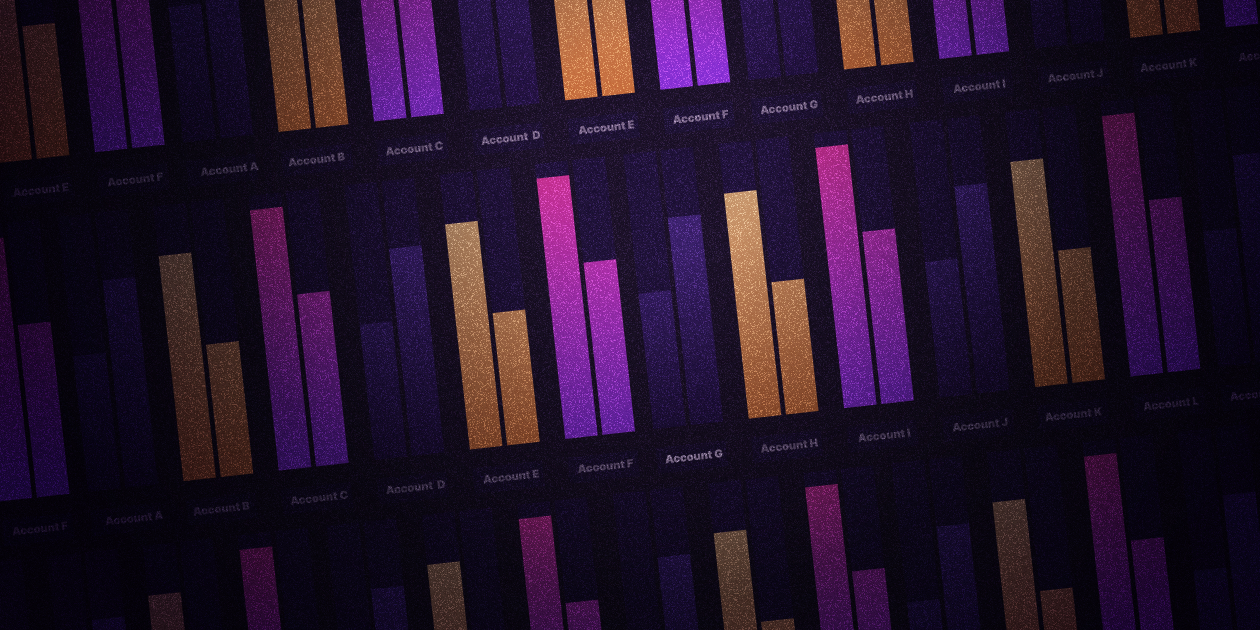
The Disruptive Rise of Peer-to-Peer Lending: A Revolutionary Shift in Finance
Peer-to-peer (P2P) lending has emerged as a compelling alternative in the financial landscape, posing a disruptive challenge to traditional banking institutions. By directly connecting borrowers and lenders through online platforms, P2P lending bypasses the role of banks, offering potential benefits for both sides. Borrowers might enjoy lower interest rates, while lenders have the opportunity for higher returns. Moreover, P2P lending expands access to capital for individuals and businesses who may not qualify for conventional loans.
Early Days: The Origins of P2P Lending
The journey of P2P lending began in 2005 with the pioneering platforms Zopa (UK) and Prosper (US). These platforms operated with a relatively simple model:
- Borrower Applications: Potential borrowers would apply through the online platform, submitting their financial information and credit history.
- Listing and Auctions: Borrower applications, after passing an initial screening, would be listed on the platform. Many early platforms used an auction-like format where lenders could bid on loans, potentially driving down the interest rate for borrowers.
- Loan Matching and Dispersal: Once a loan is fully funded, the platform facilitates the transfer of funds from lenders to the borrower.
- Repayment and Investor Returns: The borrower would make regular payments through the platform, which would then be distributed to the investors according to their investment proportion.
The driving force behind these early endeavors was a desire to make credit more accessible to those underserved by traditional banks. Platforms promoted fairer terms for borrowers by cutting out intermediary costs. For lenders, they offered better returns compared to traditional savings accounts. Additionally, there was a degree of social appeal involved, allowing individuals to help others secure a better financial footing.
However, the nascent P2P lending sector faced initial hurdles, including limited public trust and a relatively unregulated environment.
Gaining Momentum: The Growth of P2P Platforms
As the internet became increasingly ubiquitous and public confidence in traditional financial institutions (especially after the 2008 crisis) dwindled, P2P lending began to take off. The sector, fueled by venture capital, expanded dramatically, branching out beyond consumer loans into business funding, student loan refinancing, and other diverse credit applications. Leading platforms like LendingClub (US) and Funding Circle (UK) solidified their presence, and platforms emerged across various geographies.
The convenience and transparent environment championed by P2P platforms resonated strongly with a generation of tech-friendly investors and borrowers. Individuals and small businesses increasingly turned to peer-to-peer borrowing solutions due to faster application processes and, in some cases, less stringent requirements compared to traditional banks. Simultaneously, investors were captivated by the possibility of earning higher returns on their funds than those offered by conventional savings vehicles.
Technological Innovations, Risk Management, and Evolving Regulations
The growth of P2P lending was intrinsically tied to both technological advancements and the careful implementation of risk management strategies – all this alongside evolving regulatory landscapes. Here's a closer look:
- Data-Driven Underwriting: Gone were the days of solely relying on traditional credit scores. P2P platforms harnessed big data analytics and advanced algorithms to create more comprehensive credit assessments.
- Mitigating Risk for Investors: Platforms employed loan diversification, fractional investing, and investor protections like reserve funds and buybacks.
- The Rise of Blockchain: Blockchain technology promises transparency, streamlined contracts, automated compliance, and reduced costs.
- Navigating Regulatory Frameworks: Regulations vary by country, with a primary focus on KYC, lending caps, and clear risk disclosures.
- Striking a Balance: Regulations seek to balance ensuring investor security with maintaining flexibility for innovation within the P2P sector.
Current State of P2P Lending
P2P lending now exists as a mature and significant component of the broader fintech ecosystem. While personal loans continue to be a mainstay, platforms have creatively diversified their offerings:
- Real Estate Crowdfunding: Platforms like Fundrise (US) and Property Partner (UK) allow individuals to invest in property projects.
- Impact Investing: P2P provides a way to align investments with positive outcomes through platforms like Kiva (global).
- Specialized Business Lending: P2P platforms fill credit gaps left by traditional banks, serving industries like healthcare or creative enterprises.
- Institutional Investor Presence: P2P is not solely for individuals. Hedge funds, and other major institutional investors participate in the market.
Future Trends and Predictions
The P2P lending landscape is poised for further evolution, shaped by global economic shifts, technological breakthroughs, and regulatory responses to this increasingly complex financial niche. Here's what might unfold:
- Global Frontiers: Emerging markets present vast opportunities for P2P growth, offering borrower options and expanding investor reach.
- AI Dominance: AI will drive more sophisticated credit analysis and automated portfolio management, tailoring investor offerings.
- Blurring Lines with Traditional Banking: Strategic partnerships between P2P platforms and traditional banks may become more common.
- Transparency as a Differentiator: Investor confidence will hinge on clear disclosure of risks, strong track records, and commitment to borrower protection.
The Rise of Peer-to-Peer: Takeaways and What's Next
Peer-to-peer lending has undeniably transformed the financial landscape, offering borrowers more choices and investors fresh opportunities. This innovative form of lending, built on direct connections and enabled by technology, has gained acceptance both from individuals and the investment community.
Despite its growth and evolving sophistication, P2P lending remains a dynamic realm. It must continuously adapt to regulatory trends, embrace technological advancements, and above all, maintain a focus on serving borrowers and investors with integrity. Platforms that succeed in this multifaceted challenge hold exciting potential to influence the way we understand access to credit and investment management. As always, we encourage those curious about P2P lending to conduct thorough research before investing or using it for borrowing. It's an evolving sector, so staying informed is key.




